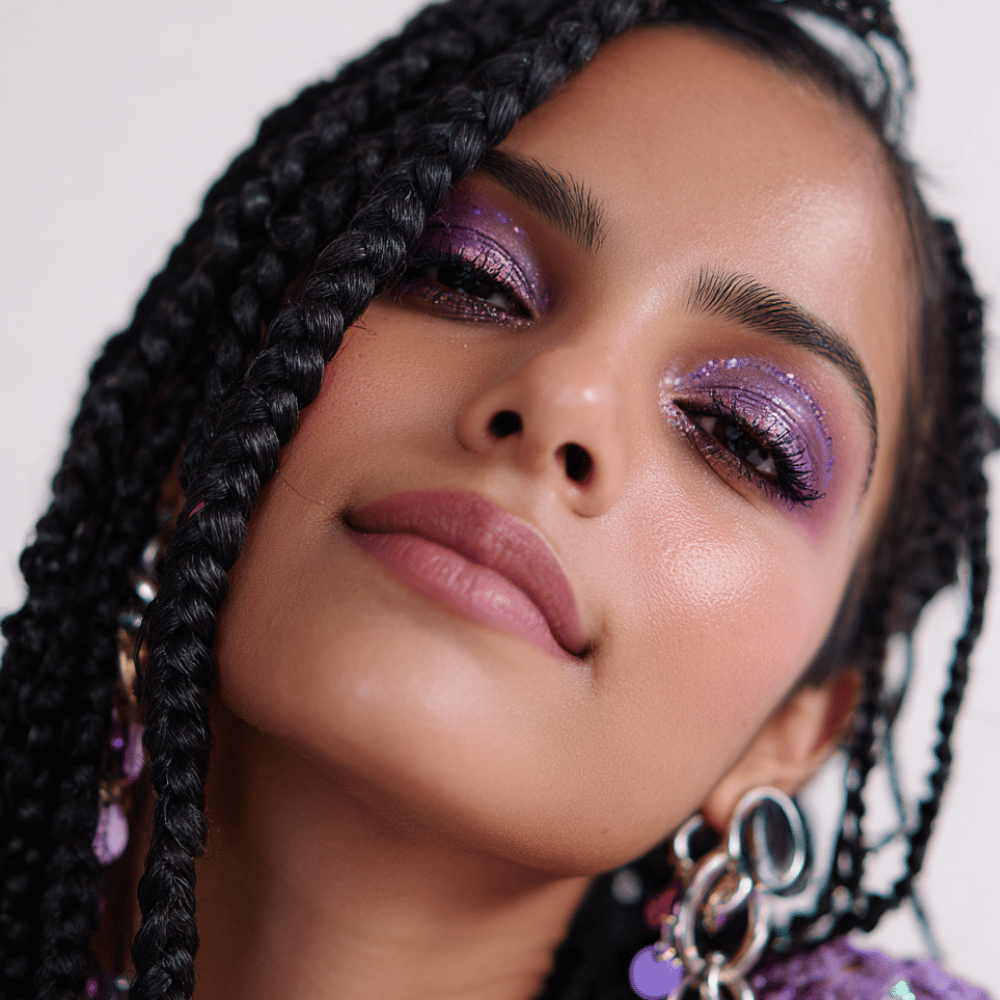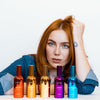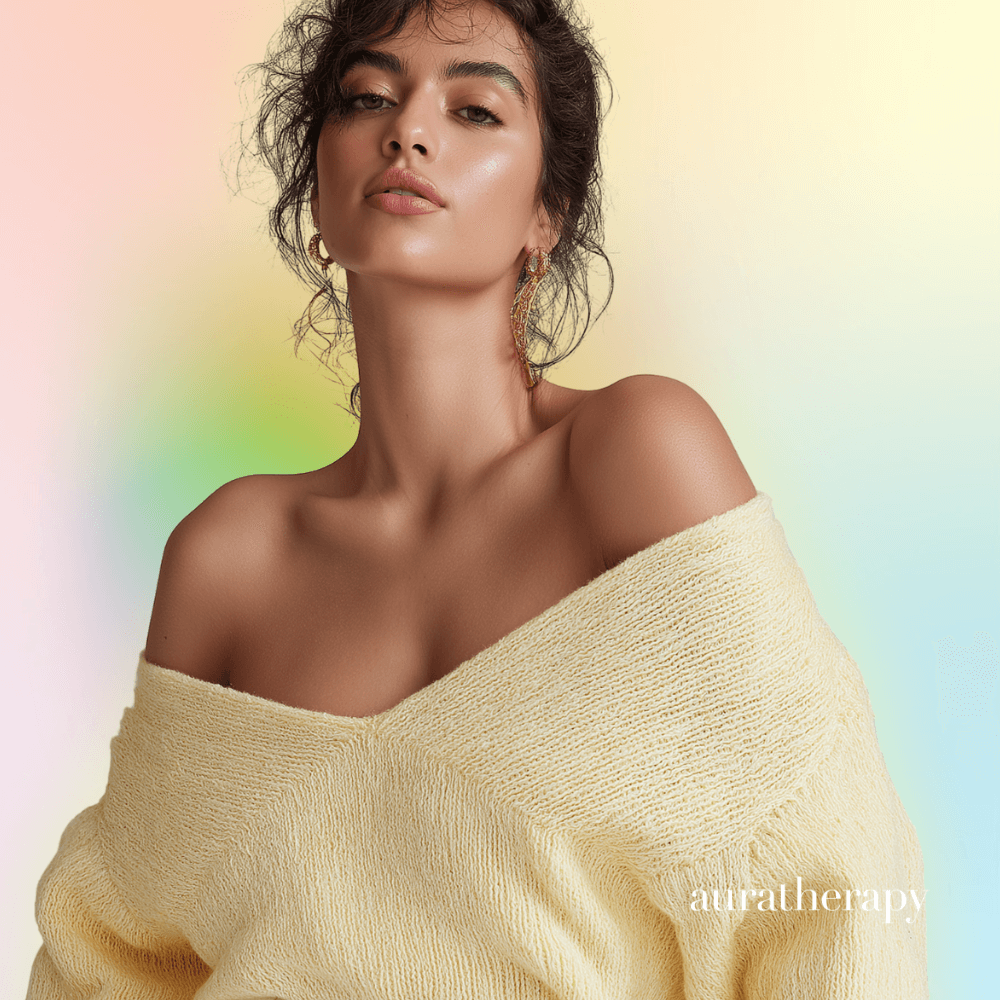The Scent of Change: How Aromatherapy is Moving From Woo-Woo to Brain Science

On a recent winter morning in Tokyo, a group of 50 women dabbed a few drops of rose oil onto their blouses. The scent was delicate, almost imperceptible. They wore it every day for a month. Then, they stepped into an MRI machine.
What researchers found was startling: those who inhaled rose oil daily showed a measurable increase in gray matter volume in the brain, especially in the posterior cingulate cortex, a region tied to memory, self-awareness, and resilience against neurodegeneration.
It was the first time in modern science that continuous scent exposure was proven to alter brain structure. Published in Brain Research Bulletin, the study titled: Continuous inhalation of essential oil increases gray matter volume, did more than confirm what devotees of essential oils have whispered for centuries—it gave the fragrance world its first data-driven jolt of legitimacy.
Ancient Wisdom, Modern Skepticism
The idea that plants can heal is not new. Ancient Egyptians anointed their dead with fragrant resins. Ayurvedic doctors prescribed aromatic herbs for balancing the doshas. Chinese medicine codified fragrance as a tool for spirit and breath. For millennia, scent was considered medicine, ritual, even a bridge to the divine.
But with the rise of Western pharmaceuticals in the 20th century, aromatherapy slipped from the domain of “serious medicine” into the realm of fringe wellness. By the 1980s and 1990s, essential oils returned to public consciousness—not through hospitals or universities, but through the backdoor of multi-level marketing (MLMs).
Brands like Young Living and doTERRA built billion-dollar empires on the promise of lavender for sleep, peppermint for focus, frankincense for the soul. But the MLM playbook also tarnished the field. Oils were pushed with evangelical fervor, diluted with pseudoscience, and sold more for profit than evidence. Critics dismissed it all as snake oil, ignoring centuries of wisdom.
Why This Study Matters
The Japanese MRI study is not just a scientific curiosity—it’s a paradigm shift. It validates what healers and intuitive practitioners have known all along: scent changes the brain.
Unlike the clean perfume movement, which focuses on swapping out synthetics for “better” synthetics, this research points to something more profound. Aromatherapy is not just safe fragrance. It is functional fragrance. It’s not about smelling good; it’s about feeling different.
And that’s the opening for a new category—one we call Aroma Perfume.
Why We’re Bullish on Aromatherapy
The fragrance industry, a $50+ billion behemoth, has barely acknowledged aromatherapy beyond spa shelves and MLM pitches. But the data is finally catching up. Here’s why we believe we’re standing at the edge of the next great beauty-and-wellness convergence:
1. Science is catching up with intuition. Brain scans, not anecdotes, now show structural change. That’s a watershed moment.
2. Consumers are hungry for ritual. Post-pandemic wellness culture has shifted from luxury to daily practice—breathing, journaling, meditation. Adding scent is a natural extension.
3. The category is empty. Sephora, Ulta, and even luxury houses have flirted with “clean fragrance” but left aromatherapy to the MLMs. This is a blue ocean.
4. It’s multifunctional. Aroma perfumes live at the intersection of fragrance, wellness, and personal care. One bottle is both your scent and your ritual.
As an aroma perfume house, we’re not just riding a trend—we’re riding the vindication of data.
Rose: The Heart Chakra Connection
The study’s choice of rose oil is more than coincidence. Rose has long been considered the scent of the Heart Chakra, linked to love, compassion, and emotional healing.
In our own line, the Heart Chakra blend, built around rose, is one of our most beloved. Customers describe it as a daily ritual—inhale, exhale, reset. Science now suggests that what they feel is not just mood but measurable brain change.
When you “breathe your perfume,” you are not just indulging in self-care. You are rewiring your mind.
The Ritual of Breath
Our philosophy has always been simple: breathe every day with intention. Breath carries the molecules of scent directly into the limbic system—the brain’s emotional switchboard. Unlike sight or sound, smell is primal, bypassing rational filters to reach the deepest layers of memory and mood.
That’s why a whiff of rose can move gray matter. That’s why lavender can quiet a racing mind. That’s why peppermint can spark focus. It’s not magic; it’s biology. That’s why we created the category and needed to name it: Aroma Perfume.
The Road Ahead
Like all revolutions, this one will not happen overnight. Skeptics will remain. Big fragrance will circle, rebrand, and try to co-opt. MLMs will continue to sell oils like candy. But a new generation of consumers—armed with data and hungry for rituals that work—will look elsewhere.
We see aromatherapy’s rebirth as inevitable. From ancient temple smoke to pyramid schemes to MRI scans, scent has traveled a long road. The difference now is evidence.
And with evidence comes opportunity.
Final Line:
Aroma perfumes are not just perfumes. They are tools, rituals, and now—thanks to science—proven agents of change. And it all begins with a breath.
FAQ: Aromatherapy, Science, and the Future of Scent
Q: Isn’t aromatherapy just placebo?
A: For decades, skeptics dismissed aromatherapy as “feel-good woo woo.” The new MRI study, however, demonstrates measurable changes in gray matter volume from continuous scent exposure. While more research is needed, this suggests the brain itself responds structurally—not just emotionally—to scent.
Q: Why rose oil?
A: Rose has been revered for centuries as a healer of the heart. It’s linked to the Heart Chakra—the energetic center of compassion and emotional balance. Scientifically, rose contains compounds like citronellol and geraniol, which interact with the nervous system. Its inclusion in the study bridges ancient wisdom with cutting-edge imaging.
Q: If essential oils are so powerful, why hasn’t the fragrance industry embraced them?
A: The fragrance giants built empires on synthetic molecules. Aromatherapy was sidelined, partly because it was co-opted by multi-level marketing (MLMs), which prioritized profit over research. This damaged its credibility. Now, with peer-reviewed science emerging, aromatherapy is poised to step into the mainstream as functional fragrance—or as we call it, Aroma Perfume.
Q: What makes Aroma Perfume different from traditional perfume?
A: Traditional perfumes mask; Aroma Perfume transforms. Made from essential oils, these blends don’t just smell good—they alter mood, regulate energy, and, as new data suggests, may even influence brain structure. They are rituals in a bottle.
Q: How should I use it?
A: Think of scent as breathwork’s partner. Apply a few drops or a spritz, then inhale deeply. The molecules travel straight to your limbic system, bypassing logic to reach memory and emotion. Daily use—just as in the study—creates a ritual of consistency, one breath at a time.
Q: Why now?
A: Wellness culture has shifted toward daily practices—yoga, meditation, journaling. Aromatherapy slots in naturally. And with data validating its impact, the timing is perfect. Consumers want rituals that work, and the science says scent is more than skin deep.






